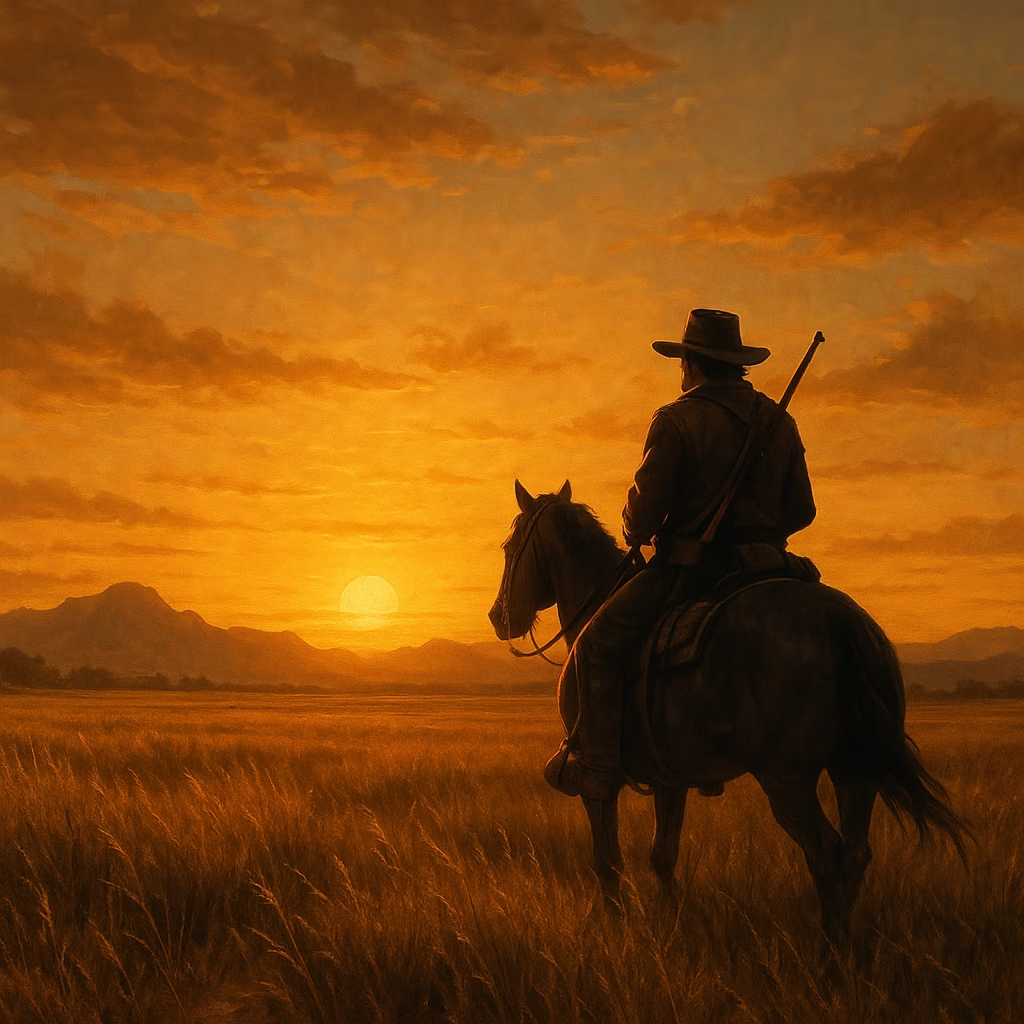The weight of expectation hangs heavy over Ghost of Yotei. As Sucker Punch's follow-up to 2020's critically acclaimed Ghost of Tsushima, this samurai epic enters 2025's gaming arena bearing the burden of legacy. Tsushima carved its place among open-world greats not through revolutionary mechanics, but through breathtaking immersion – transporting players to feudal Japan with visceral authenticity. Yet whispers of repetitive quests and predictable structures lingered beneath the praise. Now, all eyes turn to Yotei: can it evolve beyond its predecessor's shadow while preserving that magical sense of place?

Comparisons to Rockstar's Red Dead Redemption series surface immediately, and not without reason. Thematic parallels between wandering samurai and frontier outlaws run deep, famously visualized through Kurosawa's cinematic lens. Even Yotei's announcement trailer echoed Western motifs – wind-swept plains and lonesome guitar strings underscoring protagonist Atsu's journey through 1603 Japan. This outlaw kinship creates fertile ground for Yotei to absorb Red Dead's greatest strength: its patient, breathing world.
Red Dead Redemption 2 remains the benchmark for living ecosystems. Years after release, players still uncover astonishing details – NPCs chewing food with realistic jaw movements, rainwater pooling organically on muddy roads, wildfires spreading with terrifying authenticity. These aren't mere technical marvels; they're foundations for immersion. Rockstar's genius lay in complementing this realism with deliberate pacing. Hunting deer at dawn, fishing by moonlit lakes, or simply brewing coffee at campfires became meditative rituals rather than checklist chores.
"Red Dead 2 teaches us that open worlds thrive when they value stillness as much as spectacle."
Tsushima understood this philosophy partially. Haiku composition and hot spring soaking offered respites from combat, framing quiet contemplation within chaos. Yet Yotei could transcend this by embracing Red Dead's life-simulation ethos wholeheartedly. Consider fishing – historically significant for Edo-period samurai, especially ronin like Atsu. For high-ranking warriors, it symbolized meditation; for masterless samurai, survival. Implementing this with Red Dead's tactile approach (bait selection, casting mechanics, tension-filled reeling) would deepen both historical authenticity and character connection.
People Also Ask
- Why does fishing fit Ghost of Yotei's setting?
During Japan's Edo period, fishing was integral to samurai culture – ceremonial for elites, essential for ronin. Atsu's status makes it narratively resonant.
- What made RDR2's world feel so alive?
Three pillars: microscopic environmental details, NPCs with persistent daily routines, and organic cause-effect relationships (e.g., thunderstorms creating muddy terrain).
- Could hunting work in feudal Japan?
Absolutely. Samurai hunted for sport, ceremony, and sustenance, particularly birds and deer. Ritualistic preparation could mirror RDR2's skinning animations.
- Would slower activities disrupt combat flow?
Paradoxically, they enhance it. Downtime creates tension buildup, making confrontations feel weightier – much like Tsushima's bamboo strikes between battles.
Hunting presents another transformative opportunity. Imagine tracking deer through Hokkaido's birch forests, studying wind direction like a real yamabushi hunter, then presenting perfect pelts at villages for reputation boosts. This isn't about copying mechanics but adopting a design philosophy: meaningful mundanity. When Sucker Punch lets players inhabit Atsu's world rather than conquer it, something magical happens. The world stops being a backdrop and becomes home.
Ghost of Yotei stands at a crossroads. Replicate Tsushima's template with prettier vistas, and risk diminishing returns. Or borrow Red Dead's quiet wisdom – where a five-minute horseback ride through misty valleys becomes as memorable as any duel. Activities like pottery-making at rural kilns, seasonal festivals with mini-games, or even calligraphy could transform downtime into emotional anchors. These moments breathe life into pixels, making Atsu's struggle resonate beyond the main quest.
The true test lies not in matching RDR2's scale, but its intentionality. Every campfire in Red Dead felt like a narrative punctuation – a chance to process loss or anticipate danger. For Yotei to soar, it must embrace such stillness: letting players watch cherry blossoms drift across rivers, or share silent meals with NPCs before inevitable bloodshed. After all, what makes samurai stories endure isn't just the swordplay, but the spaces between clashes where honor and humanity crystallize.
What forgotten historical rituals could best bridge gameplay and poetry in Hokkaido's frozen wilderness?